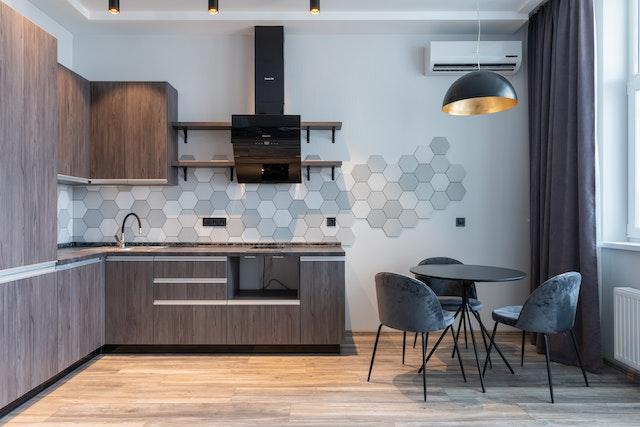
The construction industry has undergone drastic changes in the past decade. Engineers once reserved modern-day construction techniques for large commercial buildings. Still, now that many companies are moving into the residential market, new solutions for working around space limitations are becoming more common.
Leveraging storage space in the mezzanine floor system allows builders to save valuable precious space, establish support systems for future growth, and increase efficiency through a centralised location for office storage, machine areas and other storage requirements.
What is a Mezzanine Floor System?
The mezzanine floor system is a great way to expand your storage space without building entirely new or adding a new floor. Mezzanines are usually made in warehouses and industrial facilities but can be adapted for other purposes, like an office or retail space.
Advantages of a Mezzanine Floor System
The mezzanine floor system is a cost-effective way to expand storage space in your building. It offers excellent flexibility, as you can install it in any area within the building. The system also comes with a wide range of benefits, including:
Accessibility – The floor system offers easy access to your goods in an office or warehouse. You can easily access the area where builders have installed the floor in the building.
Space efficiency – The floor system maximises storage space without adding extra walls or ceilings. It means you will have room for more items and more people working there.
Cost savings – You will benefit from cost savings and increased productivity when using the floor system. The cost per square foot is much lower than traditional industrial shelving systems, so you will save money on materials and labour costs over time.
Easier to install – A mezzanine floor can be installed in just a few days by a trained person, saving you time and money.
How to Use a Mezzanine System for Storage Space Expansion?
If your business is expanding and you need additional storage space, you can consider using a mezzanine floor system. The floors are raised platforms that you can use for storage or as additional workspace. They are a cost-effective way to expand your business operations without moving to a more prominent location.
Different types of mezzanine systems are available, so choosing one that best suits your needs is essential. You will also need to consider the height of the ceilings in your facility and the weight capacity of the mezzanine flooring you select. Once you have determined these factors, you can begin planning the layout of your new floor.
When designing your floor, leaving enough space around the perimeter for staircases or elevators is essential. You will also need to consider how you will access the floor and what type of railing or handrails will be required. Once you have designed the layout, you can begin assembly of the mezzanine floor system.
Manufacturers make most
Majorly mezzanine floors are made from steel, which is very strong and durable. Wood and concrete options are also available. The type of material you choose will depend on your budget and the look you are going for in your facility. Mezzanines can be painted or left natural, depending on your preference.
Types of Mezzanine Floor Systems
A mezzanine floor system is a great way to expand your storage space without building an entirely new floor. Three main mezzanine systems are free-standing, rack-supported, and shelf-supported.
- Free-standing mezzanines are the most common type. They are self-supporting and can be installed on any level surface, such as concrete or asphalt. Business owners often use free-standing mezzanines in warehouses and industrial facilities.
- Rack-supported mezzanines are supported by racks that are already in place. Business owners often use these mezzanines in retail stores where shelves and racks are already in place.
- Shelf-supported mezzanines are similar to the rack-supported mezzanine, but instead of being supported by racks, they are backed by shelves. You often use these types of mezzanines in office buildings and libraries.

Your go-to source for the latest in tech, finance, health, and entertainment, with a knack for distilling complex topics into accessible insights, We deliver timely updates on the ever-evolving landscapes of technology, finance, health, and entertainment






